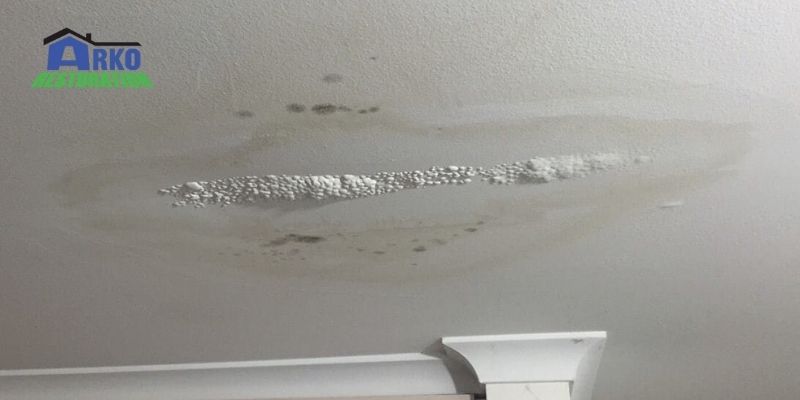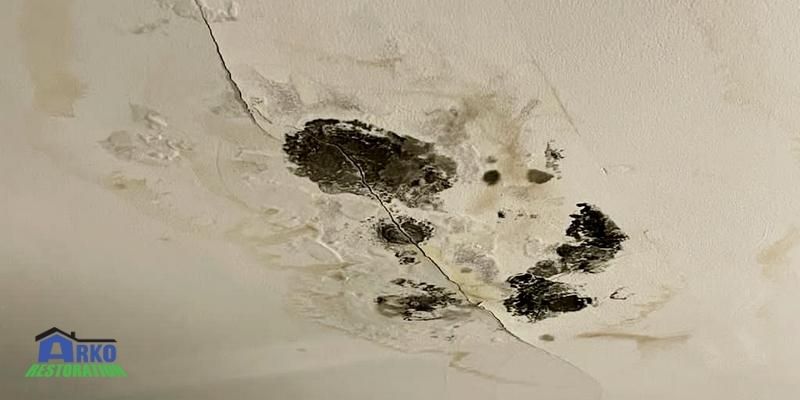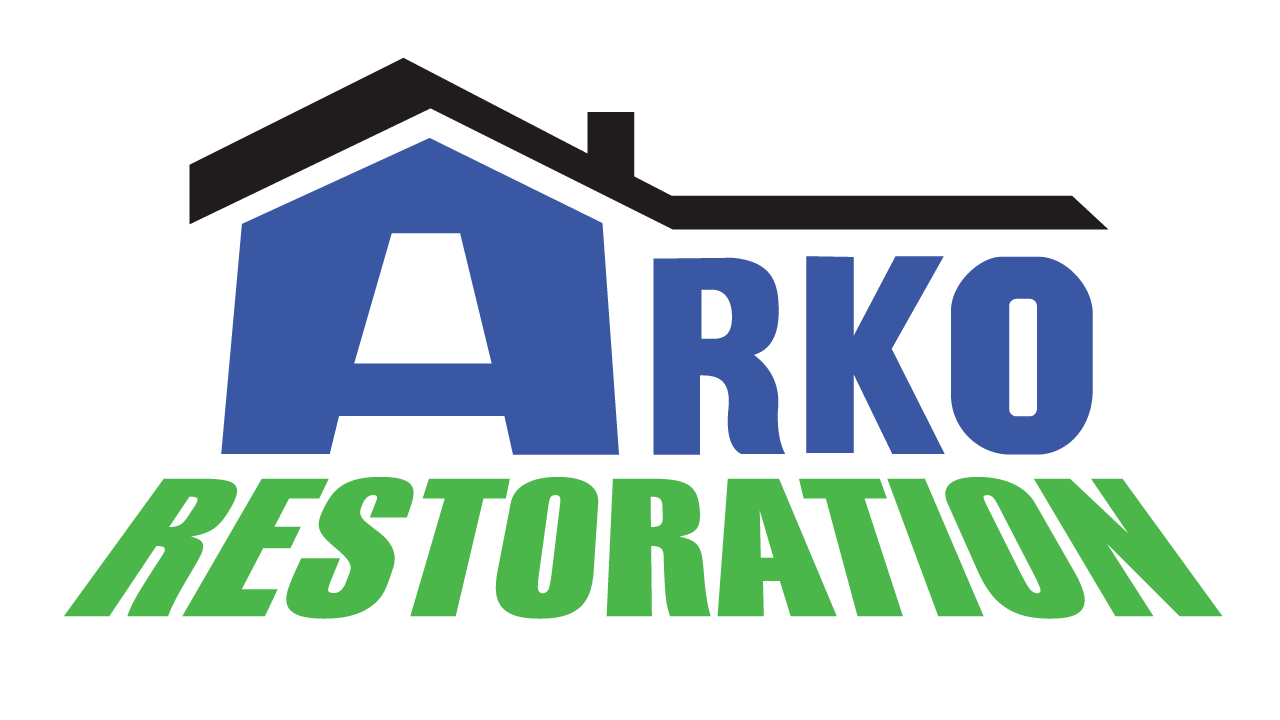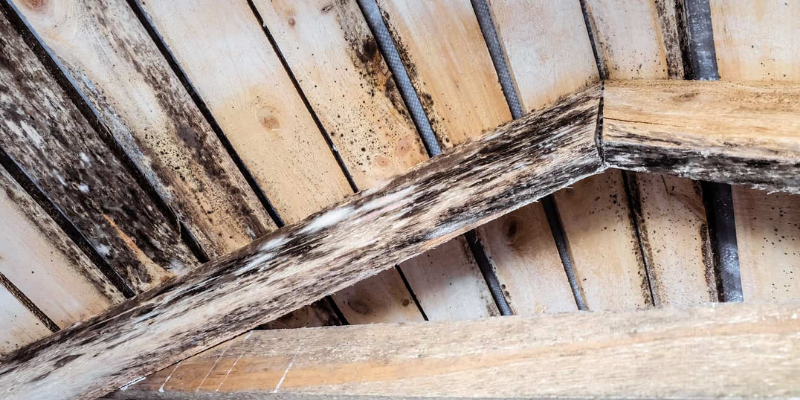Mold can grow on almost everything! It is a versatile type of fungi. The attic is a prime hotspot for mold growth because mold thrives in dark and moist environments.
7 Common Causes Of Mold In The Attic
One of the common areas where mold is found in your home is the attic. Mold loves the humid, hot and abundant “food” it gets from wood sheathing there.
Here are 7 common causes of mold in the attic
1. Roof leaks

There are several causes of roof leaks including cracked chimneys, broken shingles and the age of the roof. It is easy for water to get in when your roof is damaged. This can lead to mold. A leaking roof tends to cause two types of mold: systemic and limited growth. Systemic growth happens when the mold is a result of moisture from air brought inside the leaking roof. Limited growth is caused when the mold growth is contained in a small area. Since the attic probably has enough ventilation to remove the moisture content of the air, limited mold can easily be treated– unlike systemic.
2. Improperly installed insulation or missing insulation
The DIY approach to attic insulation is a mistake many people make. This is because the wrong type of insulation may be chosen, or improper insulation is made. This may cause the moisture from your home’s lower level to get trapped up in the attic. Moisture is the primary cause of mold!
The makeup of your attic includes materials on which mold thrives. If installing insulation, do not use the one with foil or paper backing if you are laying one insulation on another because it can act as a barrier that can trap moisture in the insulation. You must know what you need first before adding more insulation to your attic.
3. Insufficient ventilation
Poor ventilation in your attic is one of the main causes of mold. The ventilation system of the attic is typically passive. It allows outside air in through vents. This air warms the attic before escaping through the ridge vents. The attic air circulation can be reduced when a vent is blocked. This will cause warm air to stay inside. This warm air mixes with the insulation, eventually leading to mold.
4. Fans and vents stop working properly
Warmth, food and moisture promote mold growth. Poor building practices such as plumbing vents, drying vents and bathroom or kitchen fans vented into the attic can cause mold. These elements are designed to take away moisture from your home. As a result, ensure that they are vented outside– and not in the attic of your home.
Another source of condensation could be the presence of plumbing elements in the attic. Having them there can lead to mold growth.
5. Gaps or ceiling openings

Openings in ceilings around lights, speakers, fans and other fixtures may be unsealed. When this is the case, warm conditioned air can find its way to the attic area(s). Ensure that all openings and gaps are properly sealed. This is important if you want to reduce the chances of mold growth in the attic.
Air with mold spores can move from infected attic spaces to inhabited areas and that poses a health risk to inhabitants of the home.
6. Furnaces or water heaters installed in the attic
There have been changes to recent building practices for larger homes these days. Before, basements were used for furnaces and water heaters. However, larger homes now have several cooling and heating zones. Some even have bathrooms with huge soaking tubs that are styled like a spa. Having dedicated systems to support these luxuries is now common. Unfortunately, many modern practices contribute to mold in the attic. This is because of the moisture these items add to the attic through leaks and any other failure(s). When issues with any of these systems are not detected, their failures create a conducive environment for mold growth.
7. Ice damming
Mold in the attic can be the result of ice damming which happens when water from the roof is not properly drained off. This water refreezes and when stagnant water finds its way through the attic, mold develops. The best way to prevent damming is by cleaning your gutter and installing a proper drainage system.
How To Prevent Mold In Your Attic
Mold in the attic can be prevented. Roof leaks may produce moisture. Inspecting for leaks on your roof and fixing any issues will help you prevent the possibility of mold growth. Without adequate ventilation, the moisture level in your attic will increase. To prevent mold growth, improve your attic’s ventilation. The moisture level and temperature of your attic is controlled by attic insulation. Proper installation of the insulation will help prevent mold.
Conclusion
Mold in the attic is caused by moisture issues. You won’t have mold to deal with if your attic has no moisture intrusion. For your attic not to develop mold, ensure proper insulation and ventilation, and fix any issues with your roof. If you find any traces of mold, immediately call for expert help before it spreads. Mold issues in Minnesota? Call Arko Restoration at 763-434-2756 for assistance.

